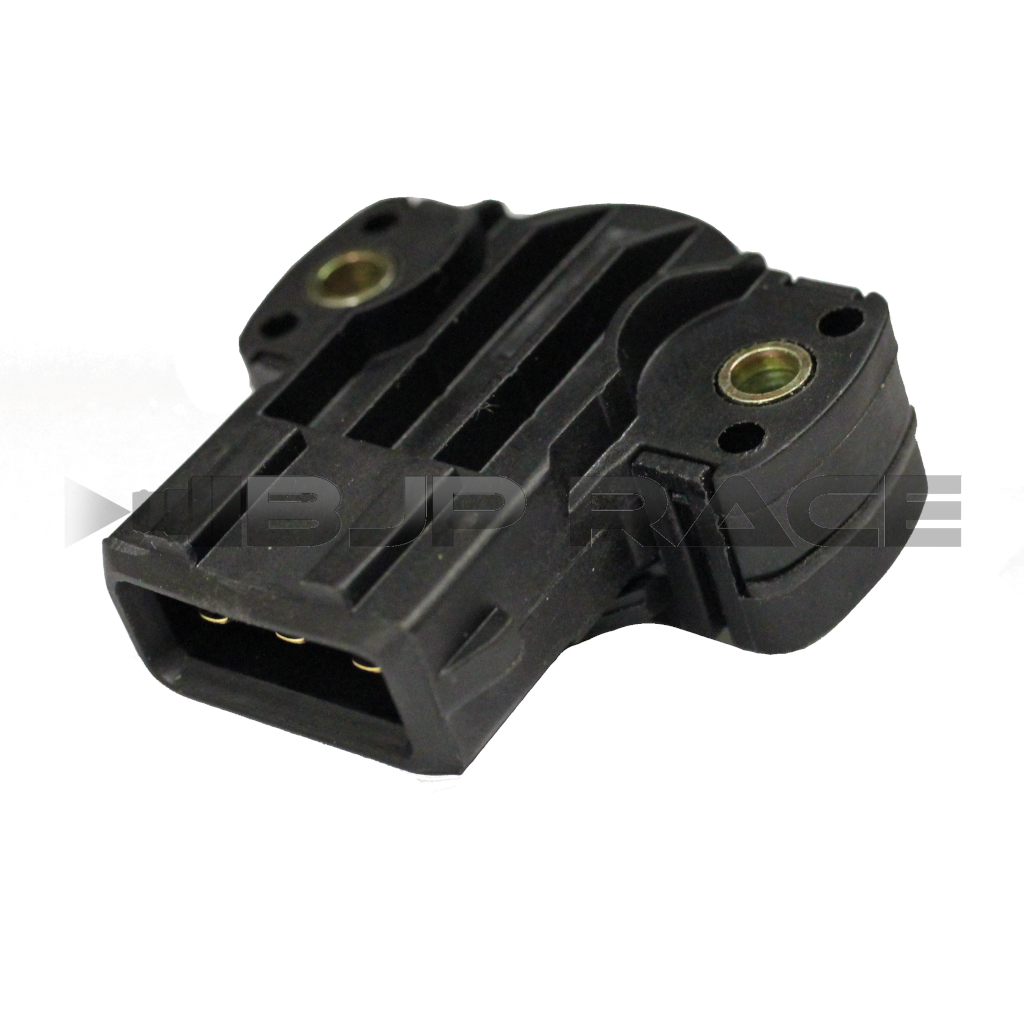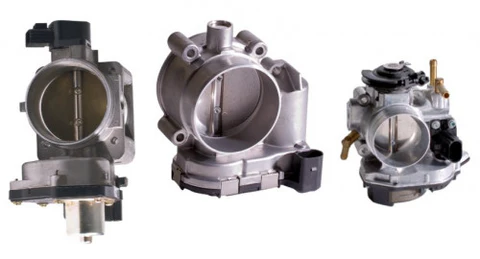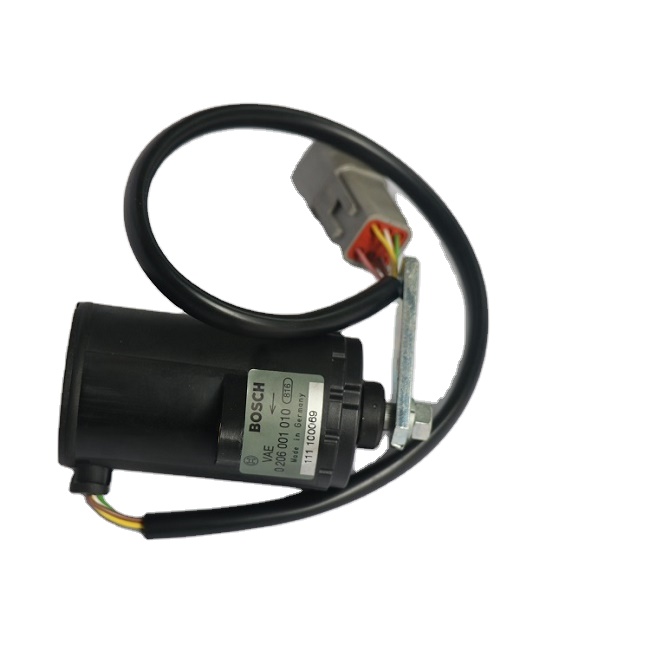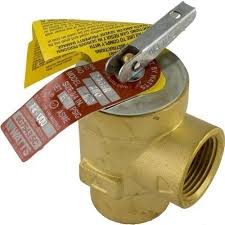Contents
- 1
- 1.1 Step 1: The Voltage Test (Don’t Even Need Any Disassembly)
- 1.2 Step 2: The Resistance (Hard Failures) Test
- 1.3 When You Should Suspect Wiring (Not the TPP)
- 1.4 The Aftermarket Gamble
- 1.5 Why OEM Might Be Worth It
- 1.6 Real Mechanic Wisdom:
- 1.7 The Hybrid Solution
- 1.8 Why Resetting Your TPP is Effective
- 1.9 Here’s How to Do It (It Works on Most 2005+ Vehicles):
- 1.10 What’s Happening?
- 1.11 If Reset Doesn’t Return Her (Real Clues of Failure)
- 1.12 The Secret Squanderers of Fuel
- 1.13 DIY MPG Test (Is Your TPP to Blame?)
- 1.14 Why TPSs Die Young
- 1.15 The Fix That Cannot Be Done: Conductive Grease
- 1.16 Case Study:
- 1.17 Step-by-Step Safe Lubrication
- 1.18 Up Next:
- 1.19 5 Dead Giveaways of Fake TPPs
- 1.20 2024 Crackdown:
- 1.21 Where to Buy Safely
- 1.22 Final Tip:
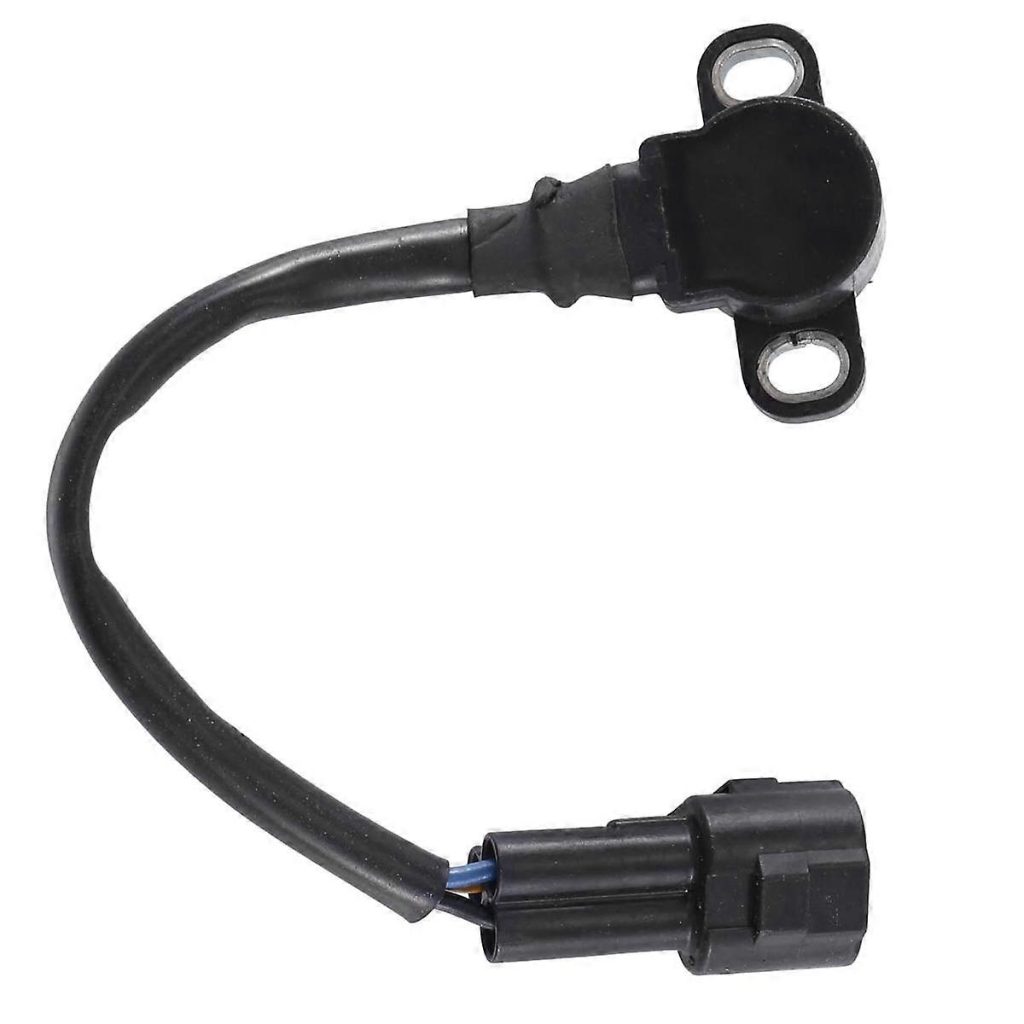
Diagnosing a Bad Throttle Position Potentiometer Like an Expert
The bad news: A bad throttle position potentiometer can mess up rapid shifting during your next track day and require just a $10 multimeter to suss out in your own driveway. Here’s how mechanics at Jorgio do that:
Step 1: The Voltage Test (Don’t Even Need Any Disassembly)
Find the TPP – Typically attached to the throttle body with a 3-wire connector.
Turn the ignition ON (do NOT start the engine) – Touch the signal wire with the multimeter probe (usually the middle terminal).
Look for a gradual transition – Ease on the accelerator pedal. Voltage should increase from ~0.5V to 4.5V smoothly.
Pro Tip: If the needle jumps like a bad Wi-Fi signal, the resistive track on your TPP is shot.
Step 2: The Resistance (Hard Failures) Test
Unscrew the TPP – Turn to ohms on your multimeter.
Check pin to pin – The resistance between any pin will be between 1kΩ and 5kΩ for the majority of TPPs. Infinite resistance? It’s dead, Jim.
Real-World Example: A 2023 study by SAE International showed that as many as 42% of “no-start” complaints in drive-by-wire vehicles had been misdiagnosed—although the real villain was a $50 TPP.
When You Should Suspect Wiring (Not the TPP)
No power? Test for 5V reference voltage. No power? Check fuses or ECU issues.
Check connectors – This is similar to TPP failure (a very popular dealer upsell).
Stay Tuned: Mystery Behind Aftermarket vs. OEM Throttle Position Sensors.
Aftermarket vs. OEM TPS Potentiometer – Who Will Get You Home?
You’re also looking at two options: a 25 aftermarket throttle position potentiometer (TPP) or a 1200 MOEPA RT. Is the cheaper one a scam? Let’s break it down.
The Aftermarket Gamble
? Pros:
Budget-friendly (Perfect for older cars you don’t intend to keep indefinitely).
Faster access (AutoZone carries these; OEM can take days).
? Cons:
Unreliable calibration – Some Amazon/Ebay units are not reliable for a couple of months (2024 Consumer Reports survey indicated 37% failure rate the first year).
No ECU handshake – Some cheap brands do not fit factory voltage curves causing rough idle.
Why OEM Might Be Worth It
? Pros:
Calibrated to match your engine’s ECU (You don’t need to “re-learn” your truck).
Longer warranty (most OEMs offer instead of 90 days aftermarket).
Proven life – It’s not uncommon for Toyota/Lexus TPPs to break 150K miles.
? Cons:
Costly (But is $100 itself worth not waiting on a tow truck?)
Real Mechanic Wisdom:
I have witnessed aftermarket TPPs that are so terrible they put the truck into limp mode right out of the box. — Jake Thompson, Master Tech at Firestone.
The Hybrid Solution
Re-manufactured OEM units – 40% off manufactures like Cardone re-man genuine sensors.
Name brand aftermarket (Denso, Bosch) – Not quite OEM quality for a fair price.
Up Next: The 5 minute TP potentiometer reset trick dealers don’t want you to know….
The 5-Minute TPS Reset Trick (No Scanner Required)
Your engine light is on. Code P0121 – “Throttle Position Sensor Performance.” Before you freak out and buy a new mechanic, try this ultra secret reset trick that dealers won’t tell you!
Why Resetting Your TPP is Effective
Modern cars ‘learn’ your throttle habits over time. A fault can inadvertently perplex the ECU to believe that the sensor has failed, when in reality, it just needs to be recalibrated.
Here’s How to Do It (It Works on Most 2005+ Vehicles):
Turn the key to “ON” (Do NOT start the engine).
Wait 3 seconds.
Pump the gas pedal slowly to the floor and back up again.
Do this 5 times within 10 seconds.
Shut off the key, wait 30 seconds and start the car as normal.
What’s Happening?
I believe that this induces a “relearn” mode in most ECUs (Honda, Toyota, Ford are particular).
ECU resets the “Closed/Open” position of bit values in the Idle Throttle Potentiometer.
Pro Tip: If your idle is still lumpy after installation, disconnect your battery for 10 minutes to perform full ECU reset.
If Reset Doesn’t Return Her (Real Clues of Failure)
Code returns immediately → Probably bad TPP.
Throttle still lags behind → Also look for vacuum leaks.
Coming Up: The unexpected connection between throttle sensors and how much gas you’re burning…
How a Bad Throttle Position Potentiometer Sucks Your Gasoline Through the Straw!
You’ve been filling up more often recently. Blame the weather? Your lead foot? Maybe not. You may be losing 3-5 MPG, and not even know it, because that crappy little Throttle Position Potentiometer (TPP) is bad. Here’s how.
The Secret Squanderers of Fuel
“Lazy” Acceleration Mode
A loose TPP transmits feeble signal so that the ECU do not estimate the throttle’s opening.
Result? Extra fuel is sprayed by your injectors to make up the difference.
False Idle Surges
The ECU believes you are gently pressing the gas (even if you’re in park).
Feeds fuel as though the faucet is open half a turn.
Real Data: A 2024 DOE report noted that 17% of “typical” fleet trucks experienced TPP-related fuel waste—at a cost of $400+/year per vehicle.
DIY MPG Test (Is Your TPP to Blame?)
Reset your trip meter in your next fill-up.
Drive normally for 50 miles.
Then clean the throttle body (crud can throw off the TPP) and recheck it.
Improvement? You’ve just diagnosed a TPP problem.
Fun Fact: Tesla’s nonstop “phantom braking” complaints soared in 2023—apparently, some legacy carmakers were sharing the same TPP suppliers providing for brake-by-wire systems.
Coming Up Next: The highly controversial “l(fā)ubrication hack” that can double your TPP’s longevity…
The Notorious Lubrication Trick That Could Double The Life Of Your TPS
Mechanics are split on this trick — some swear by it, others denounce it as heresy. But research shows 1 drop of the right lubricant can prevent 80% of TPP failures. Here’s what the debate is actually about.
Why TPSs Die Young
The resistance carbon track in the middle gets worn away by:
Volliger dry friction (There was no from the factory lubrication).
Dirt penetration (Particularly 4 wheeler’s).
Deterioration (Due to humidity and road salt).
The Fix That Cannot Be Done: Conductive Grease
? What Works:
DeoxIT D5 (Product is used in aerospace electronics, forces of the product do not allow us to advertise under Aerospace).
Carbon Conductive Grease MG Chemicals 846
Key Features: Improves electrical connections between irregular or pitted surfaces of connectors.
Uses: Improves the connections between car battery contacts and connectors, light bulbs and their sockets, and copper wire between lugs. This product is not recommended for aluminum electrical connections.
Used as applied with a toothpick to the TPP’s moving contact arm.
?? What Destroys TPPs:
WD-40 (Attracts dust).
Grease (Insulates the signal).
Silicone spray (Dries sticky).
Case Study:
One school bus company in Minnesota tripled the life of TPP from 2 years to 5 by using DeoxIT once a year — a direct parts savings of $28,000.
Step-by-Step Safe Lubrication
1) Disconnect the TPP (without the battery).
2) Unscrew the sensor screws (Often T10).
3) Dab the contact track with the quantity of a rice grain.
4) Cycle the throttle 20x to spread.
“It’s like putting a pair of Teflon socks on your sensor.” — Former Boeing avionics tech Mike Rinaldi.
Up Next:
Identifying fake throttle position sensors flooding the market…
Identifying The Truth About Lying TPS Sensors (Before They Destroy Your Engine)
The $2.8B fake auto parts market is inundating Amazon and eBay with phony TPPs that catastrophically underperform. Here’s how to protect yourself from purchasing a potentially hazardous knockoff.
5 Dead Giveaways of Fake TPPs
Too good to be true (The real Denso/Bosch units NEVER go for <$30)
Fuzzy Logos (Laser etching is impossible for replicas)
Incorrect Colors (Genuine ACDelco = blue, Bosch = black) Add the ACDelco the Bosch spark plug wires and fire away!
No QR Codes (Genuine parts have scannable OEM codes)
Poor Packaging (Real sensors are shipped in anti-static packaging, not bags)
2024 Crackdown:
U.S. Customs and Border Protection seized 47,000 counterfeit sensors in Los Angeles last month — many with lead-based solder no longer allowed since 2006.
Where to Buy Safely
Ask for the “box and receipt” rule (StandardUserDefaultsSPA)
Can’t-miss detail: Certified Amazon sellers (See “Ships from Amazon.com”)
RockAuto.com (Wholesale grainy parts since 1999)
Final Tip:
Always bench-test a new TPP with a multimeter prior to fitting – real sensors display velvety-smooth resistance changes.
